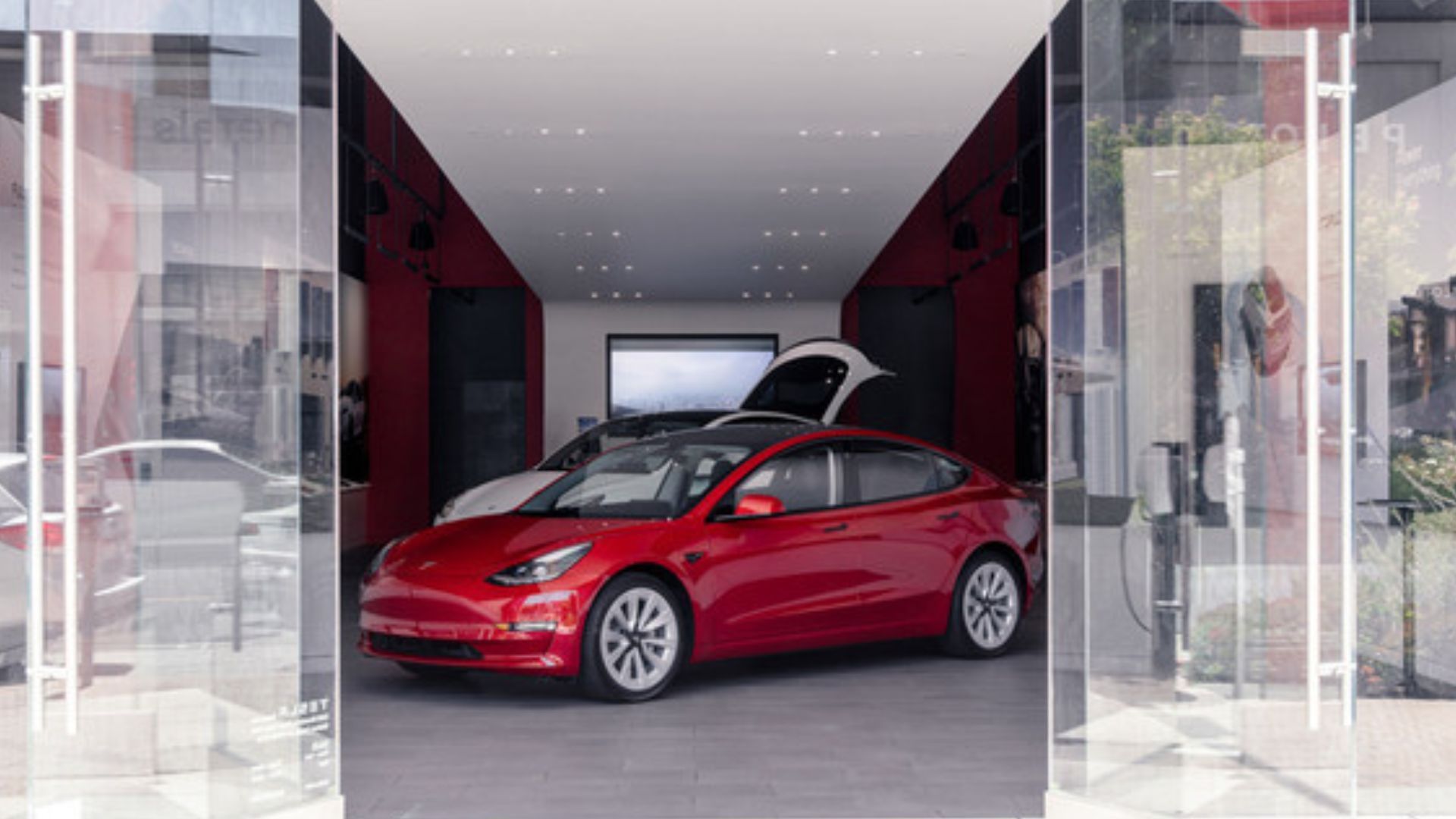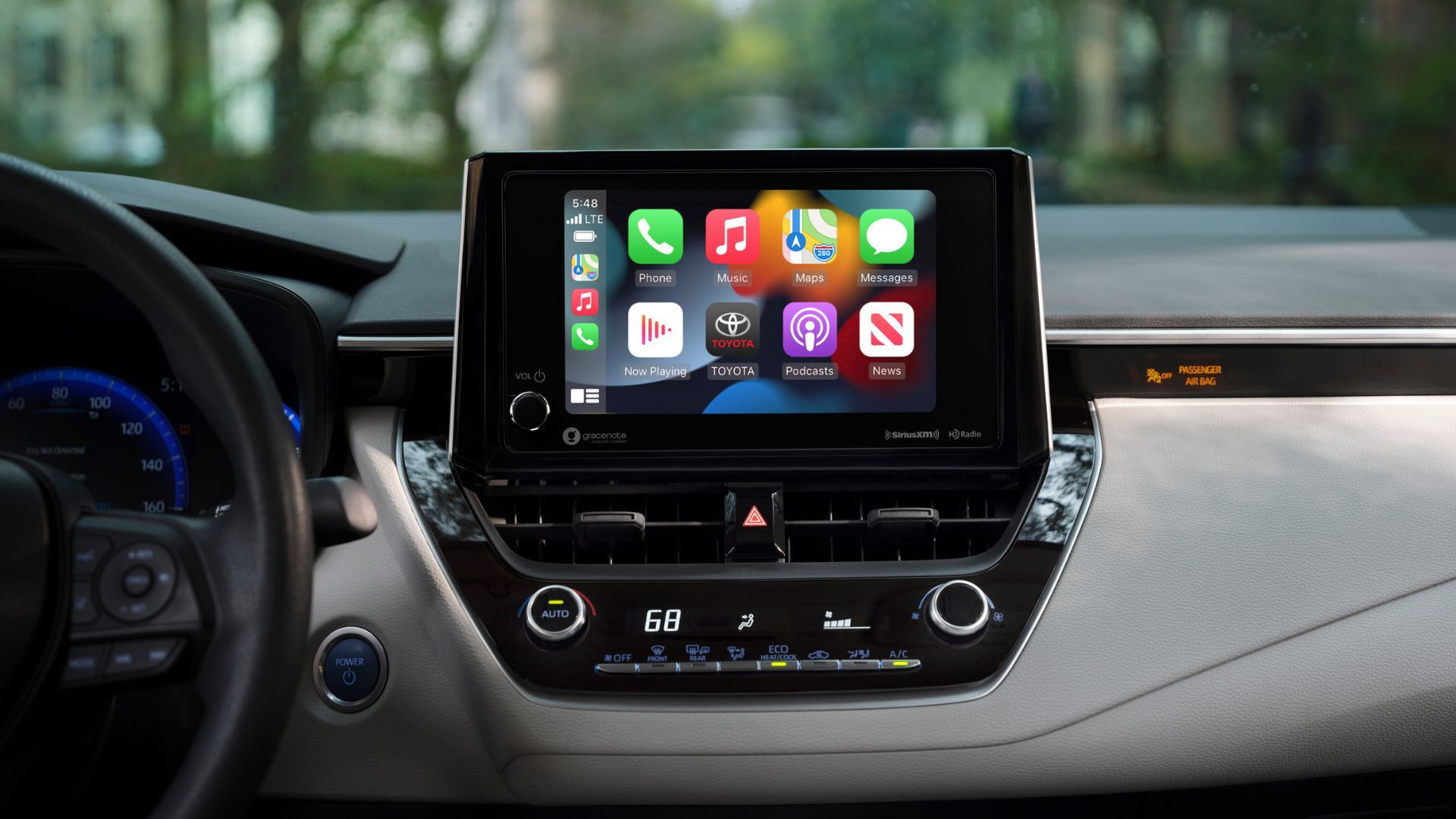It’s about time!
If you’re like most people, you’re getting tired of all the subscriptions constantly shoved in your nose. After all, there are subscriptions for streaming services, food delivery, monthly boxes of whatever, gym membership, and pretty much everything else these days. It used to be not that long ago people only paid for a newspaper subscription. Automakers have been getting in on the action over the past few years, but only recently has the media at large focused on this trend.
Find out which automaker is sharing your driving data with the government here.
As Forbes and other financially-focused media have pointed out in the past, all these subscriptions are a great way to nickel and dime yourself into poverty. Most people have no idea how many subscriptions they have or how much they total each month. If you do the math you might be shocked. This is why pushing back against automakers making us subscribe for car features which before were just rolled into the total price is critical.

The most prominent example in the media recently has been BMW trying to charge extra for features like heated seats. This has been “fact checked” by media stenographers who have dutifully repeated the Bavarians’ talking points on the topic to play damage control, but the reality is BMW is far from the only automaker pulling these shenanigans.
A recent article in the New York Post is really making waves. In it, the author points out how GM is charging $1,500 for the included three years of OnStar service on vehicles. Toyota is racking up $8 a month if you want to remotely start your newer car. Tesla is perhaps the worst, with subscription plans for Premium Connectivity, Full Self-Driving, service/repair, and more. There are other examples, especially when it comes to unlocking features on infotainment touchscreens, but the fact a mainstream newspaper is covering the wider problem is fantastic. People need to wake up.

Automakers love the subscription model, just like any other business. It offers continual, predictable streams of income. Subscriptions also increase the bottom line, especially if over the lifetime of the product (in this case a car) you rake in far more money for the thing in question by charging for it monthly instead of up front. After all, people might think $8 a month isn’t much money, but in 8 years it totals $786 for a feature which automakers might have only charged $300 or $400 for. And let’s keep in mind that most cars are going to stay on the road well past the 10-year mark.
Source: New York Post
Photos via GM, Toyota, Tesla






